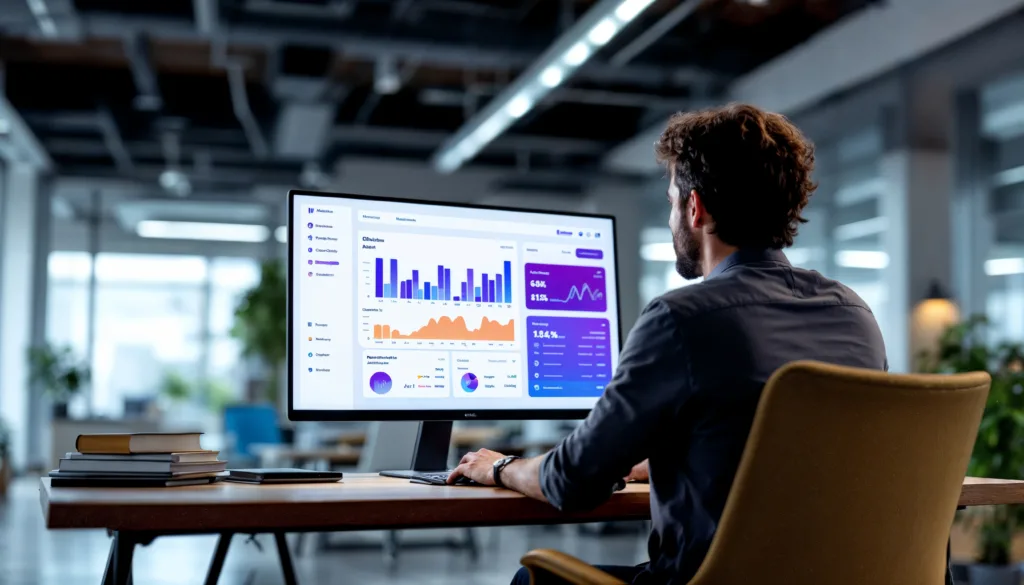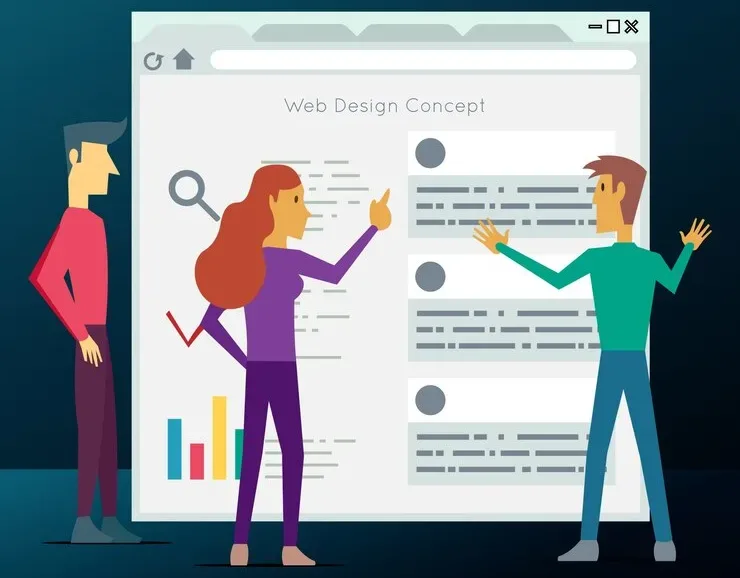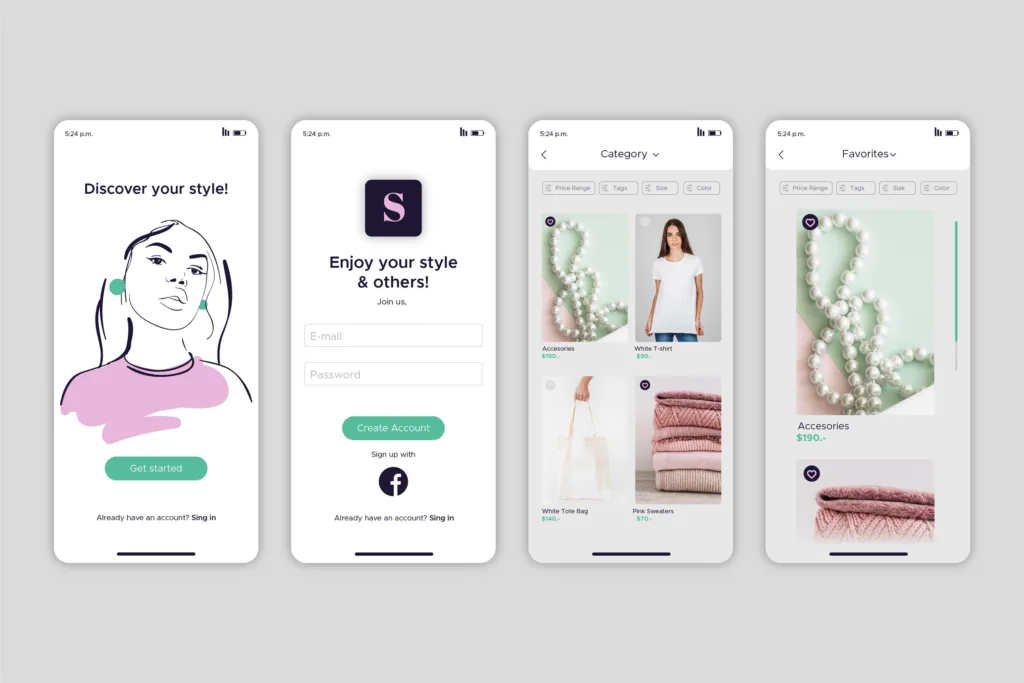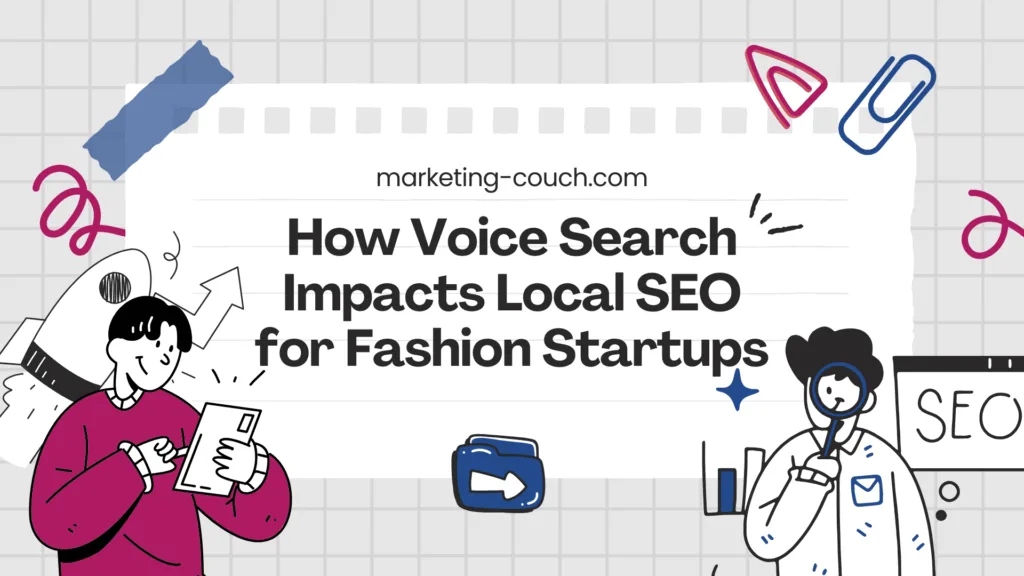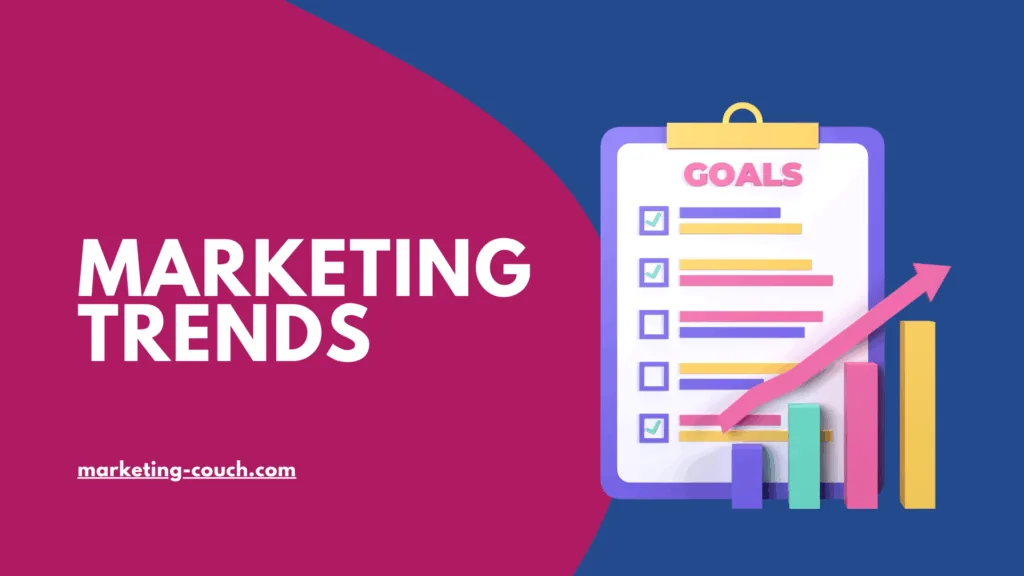How AI Overviews Affect Google Click Rates
AI Overviews reduce Google click-through rates because users get the answer directly from the AI summary instead of visiting websites. The biggest drop happens on informational queries, where Google now provides complete, instant answers. High-authority, structured content can still appear as a cited source inside AI Overviews, but overall organic and paid CTR continues to decline as zero-click searches increase.
Google’s AI Overviews have officially changed how people search and, more importantly, how they click. If 2020–2023 was the era of SEO, 2024 was the shift to SGE, and 2025 is the rise of AIO-first search behavior, where users get answers before ever visiting a website.
At The Marketing Couch, we help brands navigate this shift without the confusion. And here’s the truth most blogs fail to explain: AI Overviews don’t just reduce clicks, they redistribute them. The real opportunity lies in understanding how this redistribution works and positioning your content to win inside AIO boxes, not outside them.
Let’s break down what’s actually happening
AI Overviews Are Rewiring Google CTR — Not Killing It
Everyone says:
“AI Overviews reduce organic clicks.”
But the deeper story is this: AI is building new “click clusters.”
Based on all current studies and real-world experiments we run at The Marketing Couch:
Click behavior has split into 3 patterns:
1. Zero-Click Cluster (Fast Answers)
These happen when Google gives full instruction-style AI summaries.
Most common for:
- • “How to…”
- • Definitions
- • Health info
- • General knowledge
- • Step-by-step guides
These queries lose up to 45–65% organic CTR because AIO answers the question instantly.
2. Multi-Source Cluster (Research Mode)
Users scroll the AI Overview, then click the cited sources inside the summary.
This is where real growth is happening.
The top 3 cited sites receive a higher CTR than they did before, especially for:
- • Tech
- • Finance
- • Law
- • B2B
- • Complex tutorials
- • Medical and scientific queries
CTR drops… unless you become one of the cited sources.
3. Transaction Cluster (High-Intent Searches)
When money is involved, users still click.
In fact, for commercial queries:
- • “best CRM for small business”
- • “wedding sarees USA”
- • “digital marketing agency in NYC”
Clicks shift from informational posts to comparison pages and product/service pages.
This is why websites seeing a “traffic drop” often still see stable lead flow and conversions.
Why AI Overviews Hit Informational Queries the Hardest
AI Overviews are built to eliminate uncertainty, not decision-making.
So Google reduces clicks where:
- • There is a single clear answer
- • AI can summarize it confidently.
- • No commercial evaluation is needed.
This is why informational queries experience the biggest organic CTR decline.
Your blog posts lose traffic.
Your business pages do not.
The Hidden Opportunity Most Marketers Are Missing
This is the part nobody talks about:
AI Overviews cite content that is designed for AI, not for humans.
At The Marketing Couch, we call this “AI-Readable SEO.”
To rank inside AI Overviews, your content must have:
1. Structured, atomic answers
Short, precise, extractable statements.
2. Conversational logic flow
AI prioritizes content written like a natural response.
3. Multi-angle context
AIO pulls from content that shows depth, not surface knowledge.
4. Clear E-E-A-T signals
Experience + Expertise + Authoritativeness + Trustworthiness matter more than ever.
5. GEO relevance (location signals)
Especially important for service industries and local intent queries.
AIO isn’t replacing SEO. AIO is becoming SEO.
So… How Should Businesses Respond in 2025?
Here is the actual roadmap we use for clients:
1. Stop optimizing for keywords — optimize for “answer shapes.”
Google extracts “answer shapes,” not keyword clusters.
2. Publish content that the AI Overview can cite.
Short, structured, multi-perspective content beats long fluff.
3. Build AEO pages (Answer Engine Optimized).
These are pages built for AI summaries first, humans second.
4. Add GEO signals clearly (even for national brands).
Anything local → Add local trust signals.
5. Strengthen informational content with E-E-A-T.
Because informational queries only rank if the model trusts you.
Faqs
1. Do AI Overviews actually reduce Google clicks?
Yes, AI Overviews reduce both organic and paid clicks because users get instant answers on the search page.
2. Why do informational queries lose the most traffic?
Google summarizes these answers directly in the AIO box, eliminating the need to visit a website.
3. Can websites still rank inside AI Overviews?
Yes Google cites high-authority, well-structured content directly inside AIO summaries.
4. How can I optimize my content for AI Overviews?
Use structured answers, conversational FAQs, strong E-E-A-T, and clear summaries that AI can extract instantly.
5. Will SEO still matter in 2025?
Absolutely SEO shifts toward AIO, AEO, and GEO, but visibility remains crucial for AI-driven browsing.


